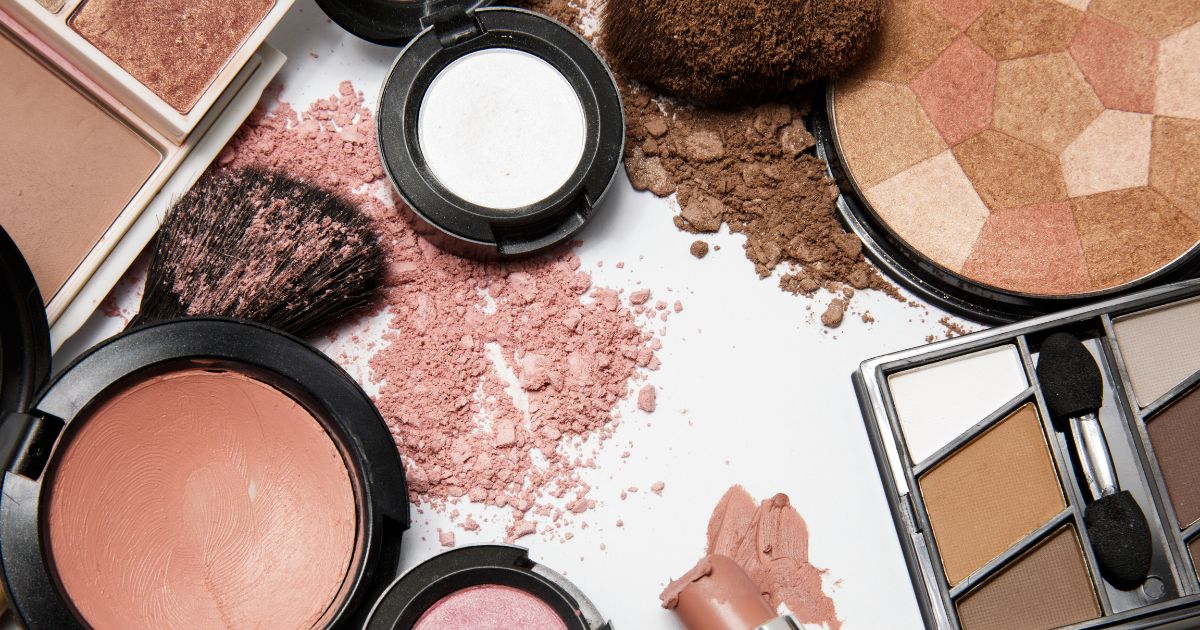The Latin America Makeup Market refers to the industry involved in the manufacturing, distribution, and consumption of cosmetic products designed for enhancing the appearance of the face, eyes, lips, and skin across the Latin American region. Characterized by a diverse array of brands, products, and consumer preferences, the makeup market in Latin America reflects cultural influences, beauty trends, and evolving consumer behaviors.
Market Overview
The Latin America Makeup Market encompasses a wide range of cosmetic products, including foundations, lipsticks, eyeshadows, mascaras, and skincare-based makeup formulations. From multinational beauty conglomerates to local indie brands, makeup manufacturers cater to diverse consumer segments and market niches, offering products tailored to meet different skin tones, preferences, and beauty trends prevalent in Latin America.
Key Players
Several key players dominate the Latin America Makeup Market, comprising multinational corporations, beauty conglomerates, and emerging indie brands. These players leverage their expertise in product development, marketing, and distribution to capture market share and influence beauty trends across the region. Some prominent players include:
- L’Oréal Group: L’Oréal is a global leader in the beauty industry, operating a portfolio of brands such as Maybelline New York, L’Oréal Paris, and NYX Professional Makeup. With a presence in Latin America, L’Oréal offers a diverse range of makeup products tailored to meet the needs and preferences of consumers in the region.
- Grupo Boticário: Grupo Boticário is a Brazilian cosmetics company known for its diverse portfolio of beauty brands, including O Boticário, Eudora, and Quem Disse, Berenice?. Grupo Boticário caters to the Latin American market with innovative makeup formulations, vibrant colors, and localized marketing strategies that resonate with consumers across the region.
- Natura & Co: Natura & Co is a Brazilian multinational beauty company that owns brands such as Natura, The Body Shop, and Aesop. Natura’s commitment to sustainability, ethical sourcing, and natural ingredients aligns with consumer preferences in Latin America, making it a popular choice for eco-conscious consumers seeking makeup products with a focus on social and environmental responsibility.
Market Trends
Several trends shape the dynamics of the Latin America Makeup Market:
- Inclusive Beauty: The demand for makeup products that cater to diverse skin tones, ethnicities, and cultural backgrounds is on the rise in Latin America. Beauty brands increasingly emphasize inclusivity, offering shade ranges, formulations, and marketing campaigns that celebrate diversity and empower consumers of all backgrounds to express their unique beauty.
- Clean Beauty: Clean beauty trends drive consumer preferences for makeup products formulated with natural, non-toxic ingredients and free from harmful chemicals, parabens, and synthetic fragrances. Beauty brands respond by launching clean beauty lines, eco-friendly packaging, and transparent labeling practices to meet the growing demand for safer, more sustainable makeup options.
- Digital Influence: Social media platforms, influencer marketing, and digital beauty communities play a significant role in shaping makeup trends and consumer purchasing decisions in Latin America. Beauty influencers and content creators collaborate with brands to showcase makeup tutorials, product reviews, and beauty looks, driving engagement and brand awareness among online audiences.
Challenges and Opportunities
The Latin America Makeup Market faces various challenges and opportunities:
- Regulatory Compliance: Compliance with regulations governing cosmetics labeling, ingredient safety, and product claims is essential for makeup manufacturers operating in Latin America. Harmonizing regulatory standards, navigating country-specific regulations, and ensuring product safety and efficacy are key considerations for brands seeking market entry and expansion in the region.
- Economic Factors: Economic volatility, currency fluctuations, and income inequality in Latin America impact consumer purchasing power and spending on discretionary items such as makeup. Brands must adapt pricing strategies, product offerings, and marketing initiatives to address varying economic conditions and consumer affordability across different markets in the region.
- Brand Loyalty and Competition: Building brand loyalty and differentiating products in a competitive market landscape pose challenges for makeup brands in Latin America. Brands must invest in innovation, brand storytelling, and customer engagement strategies to foster loyalty, stand out from competitors, and maintain market relevance amid evolving consumer preferences and trends.
Future Outlook
The Latin America Makeup Market is poised for continued growth and innovation, driven by factors such as urbanization, digitalization, and changing beauty norms. As makeup brands navigate challenges and capitalize on opportunities in the dynamic Latin American market, creativity, authenticity, and consumer-centric approaches will be key drivers of success in shaping the future of the makeup industry in the region.


